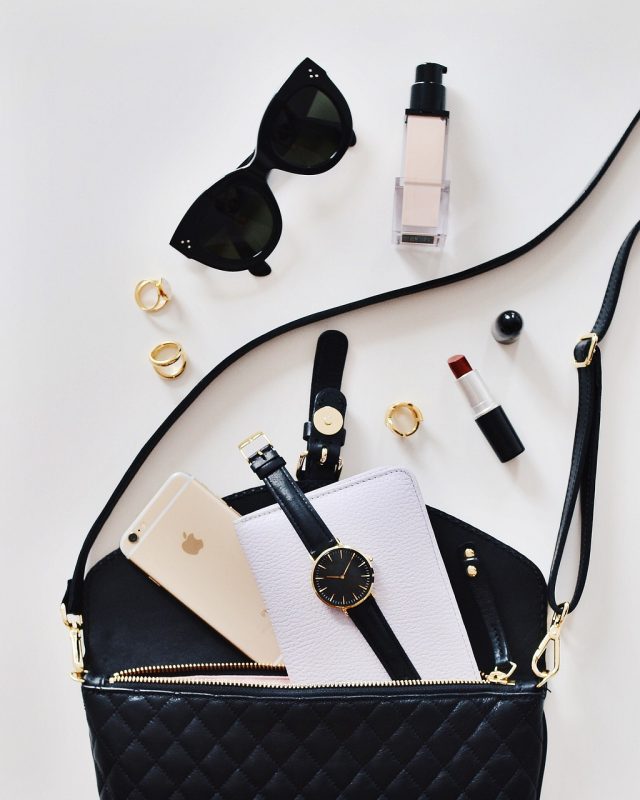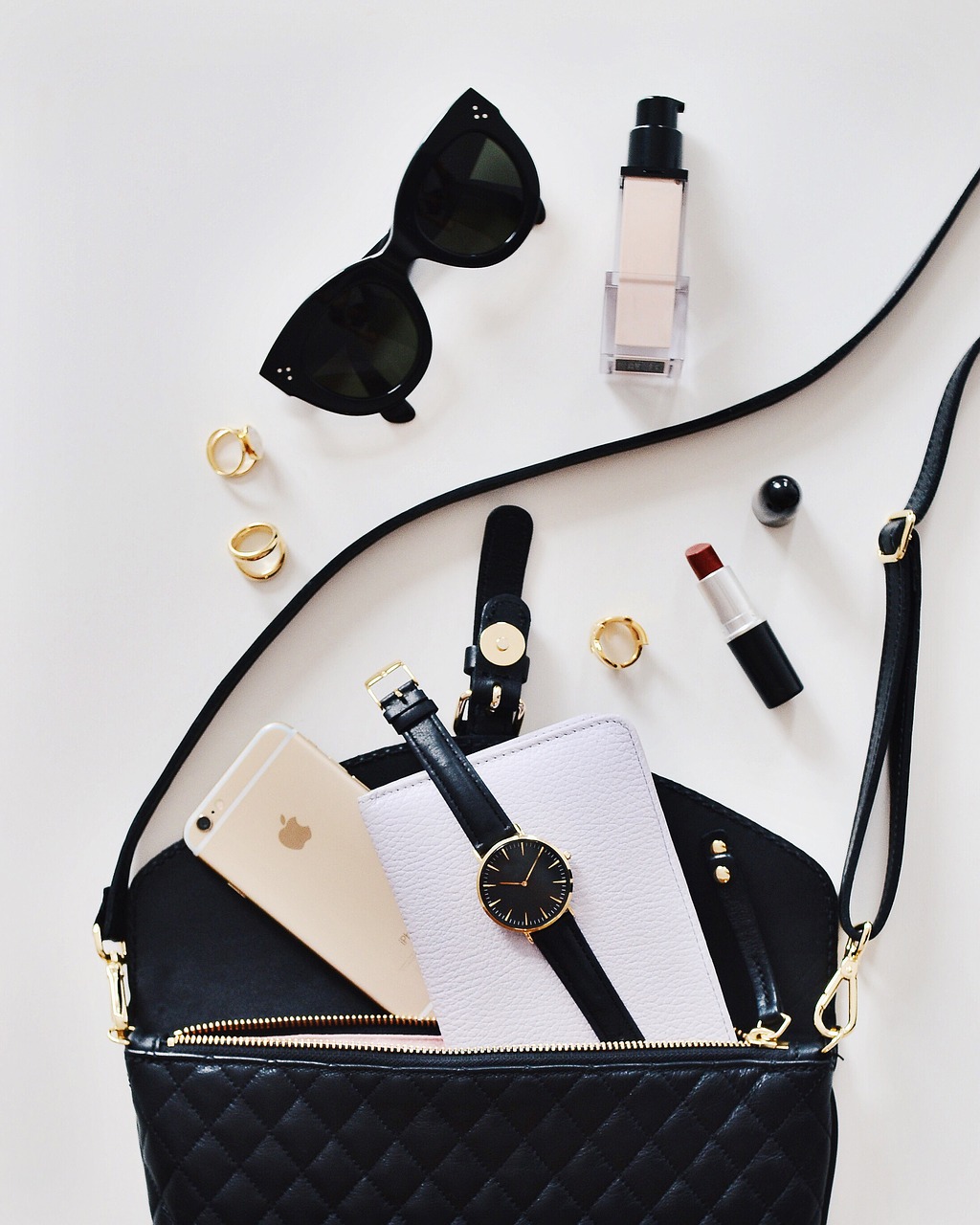Glue is one of those products that we don’t tend to think much about in terms of our actual usage nor how it’s made. Glue isn’t just for arts and crafts – when we account for all of itsuses in various industries, an estimated eighteen kilograms is used on average, per person, per yearin North America. Glue is used to make clothing, shoes, furniture, books, and it’s involvedin construction, plumbing, and various crafts, to name a few common places. The larger category of adhesives are chemical-based, but glue is made from organic materials and compounds, including the bones and tissues of animals. You may have heard that glue is made from horses; it is, although cows and pigs are most often used.
Making glue has an ancient history that hasn’t changed too much over time. Collagen is extracted from hide, sinew, bones, hoofs, and tissues, and other protein gluesused to come from blood and milk. Our modern glues usually stick to bones, fish parts, and hides. Glues can also be derived from vegetative sources.Glue facilities are often located close to slaughterhouses and meat packing factories to safeguard against the spread of bacteria and diseases.The organic material is boiled in pressurized containers to separate the collagen protein from the meat, then it is treated with other heat applications, and finally the sticky glue material is collected and further processed. The processing includes chemicals like alum and acids to colour. Then, the glue is hardened, all under close supervision and timing. Bone glues undergo treatment with solvents and are mixed with hydrochloric acid to leave the collagen behind. Worker safety needs to be closely monitored because these processes can be hazardous to health.

Luckily, there are several plant-based glues and other synthetics that are not derived from animal parts. It’s difficult to find products that are completely vegan once you look into every material and where it comes from. A beautiful example of a truly cruelty-free product is Eve Cork purses and handbags that are made from sustainable cork bark, vegetable dyes, and vegan glues. The environmentally-consciousneed not worry, because it’s unnecessary to cut down the trees to harvest their cork layers, and the industry protects the cork forests so they can continue to benefit from the bark.High-quality vegan glue works well with these unique materials to hold together supple, leather-like layers and liners.
Plant-based glues can also be purchased for consumer use for arts and crafts projects. If you’re buying from all-natural brands, be sure to ask about the manufacturing processes of the glues and adhesives applied in any part of their products. If a company cannot provide a clear NO, steer clear.
With plant-based and synthetic options available, it’s no longer necessary for companies to use animal glues. Glue is not often thought about as being an obvious animal product. Some companies are unknowingly complicit, but you can help them, and encourage change, by asking questions – businesses will make the switch if they know enough customers are concerned and taking their money elsewhere.

